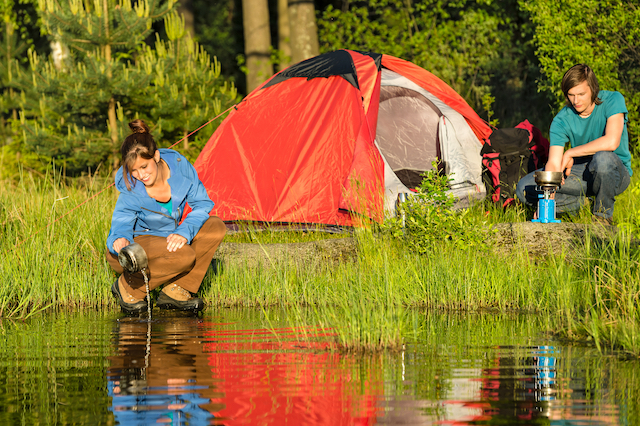MEDICATION SAFETY TIPS
THE RISE AND SHINE NEWSLETTER shared the following information about medication poisonings in kids, poison control centers, and poison help resources available to you.
Why is this important to you as a parent or caregiver?
Medications are the leading cause of child poisoning today. Each year, half a million parents call poison control because their child got into a medication they shouldn’t have or took more of their medication than prescribed. And those are the kids we know about! More children get brought to the Emergency Department for medication poisonings than for car crashes.
What exactly are we talking about when we say “medicine”?
Medicine can be prescribed by a doctor or purchased over the counter (OTC). Examples can include adult medicines, vitamins and supplements, children’s cough and cold medicines, children’s gummy vitamins, eye drops, and diaper rash products. Don’t be fooled into thinking over-the-counter medicines are safer than prescriptions. Both can cause serious harm to kids. Most poisonings in kids come from medicines you can buy without a prescription, like pain medications and anti-allergy medications. Read more

 CyclingH0w
CyclingH0w

